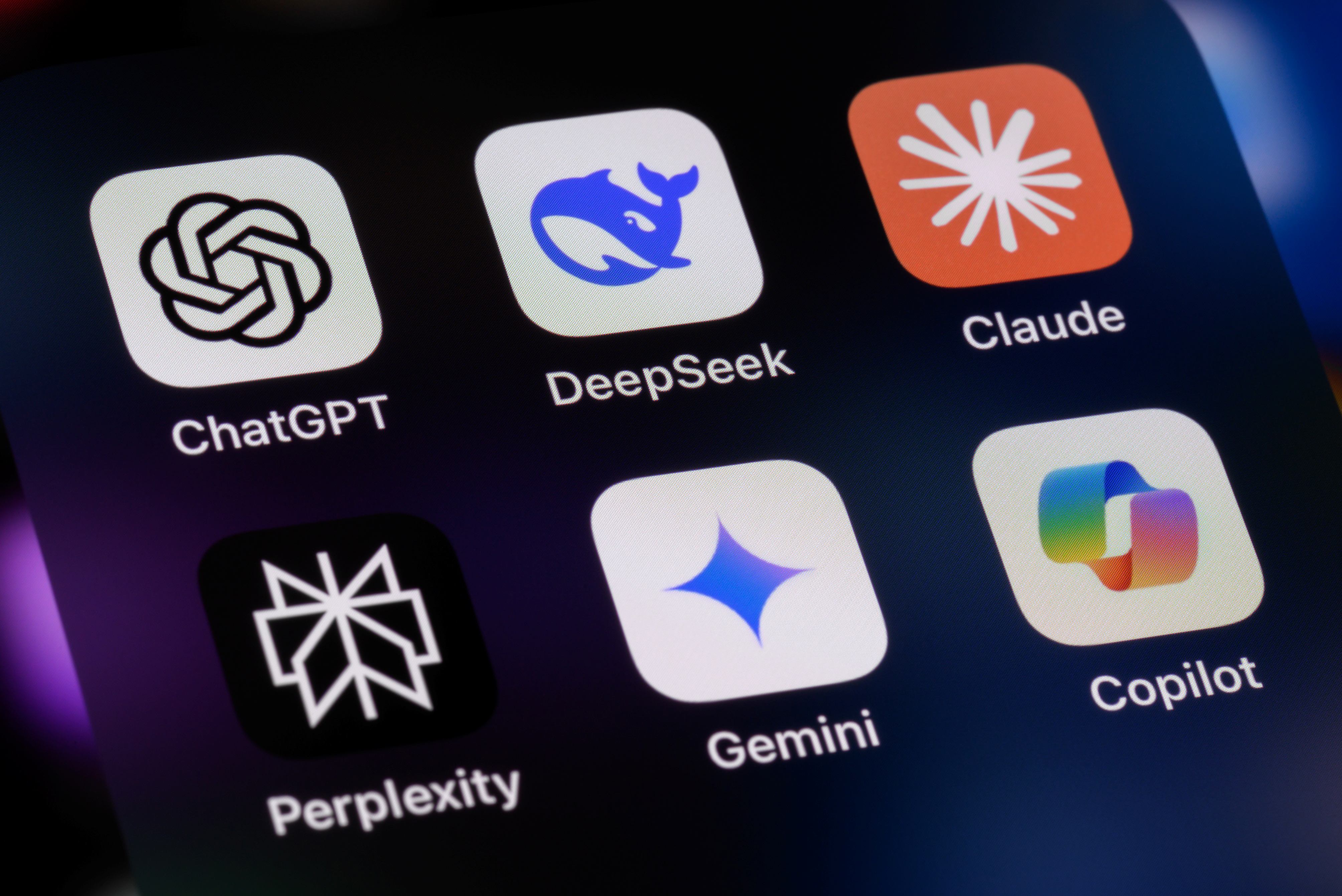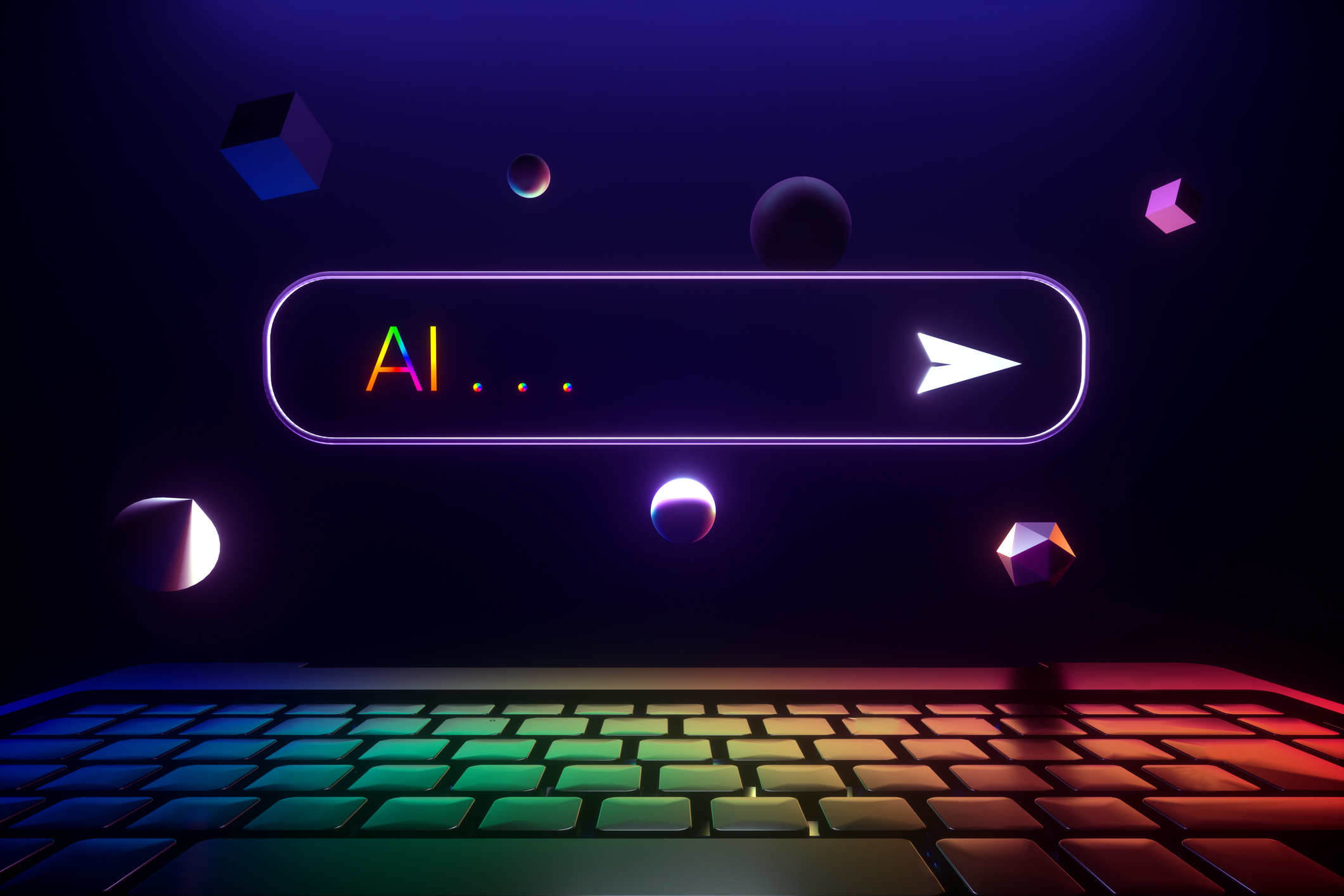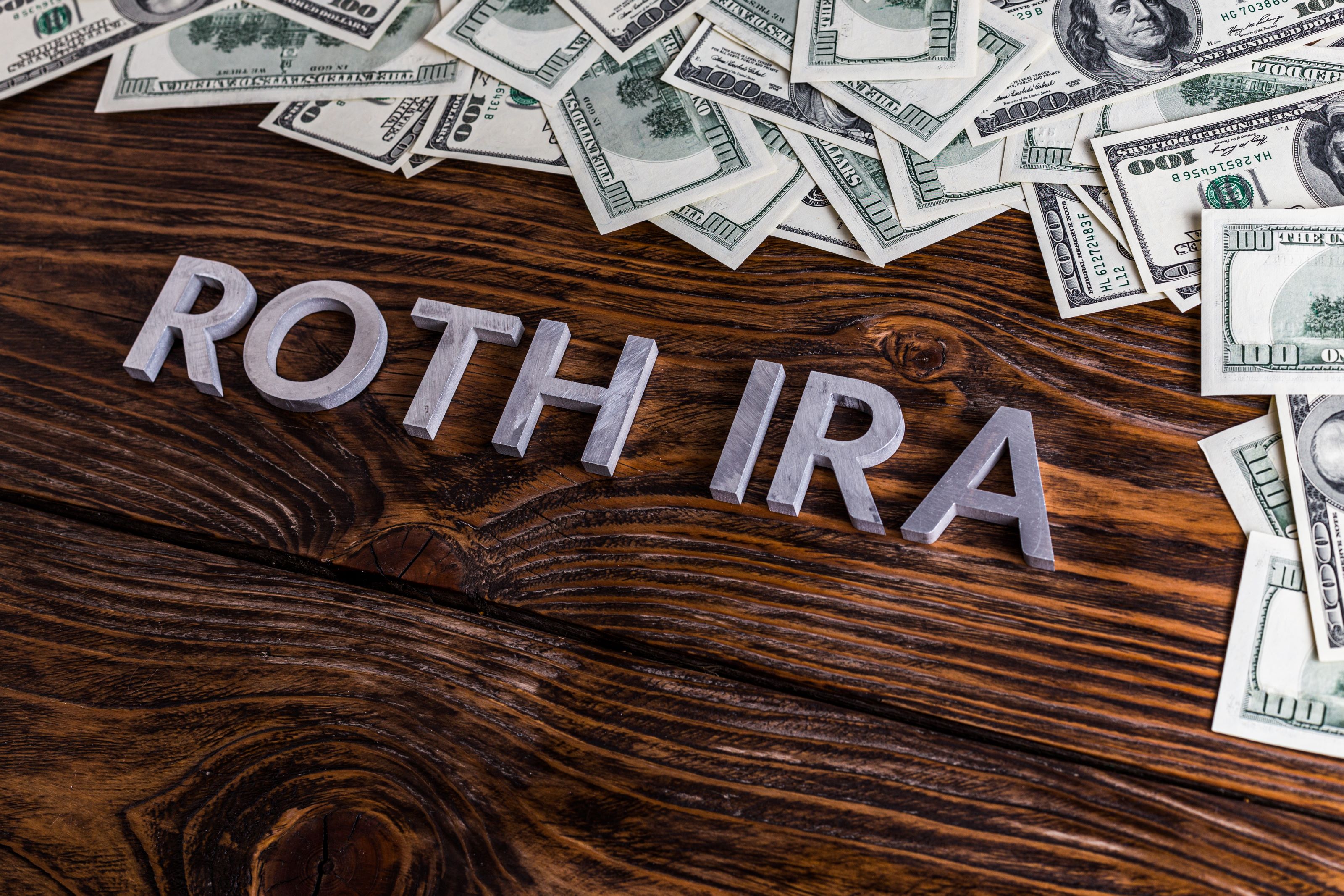Curl Up With a Good E-Reader
Prices have come down, and the user experience has improved.
Hand-held electronic book readers -- better known as e-readers -- have finally caught on. Digitized books account for just 1.4% of book sales, but sales of e-readers themselves are expected to double in 2010, bringing the total number purchased to ten million. Amazon’s Kindle is the best-selling model, but Barnes & Noble’s Nook has generated a lot of buzz, and a new touch-screen version of the Sony Reader should be available by the time you read this. Even more e-readers will arrive in 2010: Several prototypes debuted at the Consumer Electronics Show, in January.
An e-reader can store more than 1,000 books and can run for days between charges. The best e-readers have built-in wireless Web connections that make it easy to sample, download and buy books, as well as newspapers and magazines.
Many New York Times bestsellers and other e-books cost $10 when purchased at Amazon.com or similar sites. If you stick to the $10 titles, you’ll pay about half what you’d pay for the wood-pulp versions.
From just $107.88 $24.99 for Kiplinger Personal Finance
Become a smarter, better informed investor. Subscribe from just $107.88 $24.99, plus get up to 4 Special Issues

Sign up for Kiplinger’s Free Newsletters
Profit and prosper with the best of expert advice on investing, taxes, retirement, personal finance and more - straight to your e-mail.
Profit and prosper with the best of expert advice - straight to your e-mail.
Kindle: Still the best. Amazon’s original Kindle met mixed reviews when it debuted in 2007. We found it innovative but were turned off by the $400 price tag. The improved Kindle 2 ($260), a somewhat slimmer model with a larger, sharper display and better navigation keys, arrived in 2009.
The Kindle’s Previous and Next buttons are handy for turning pages, but the computerized voice of the text-to-speech feature is grating.
Sony: Too wired. The Sony Reader comes in three flavors: the $200 Pocket Edition, the $300 Touch Edition and the $400 Daily Edition (the Daily wasn’t available for review before this story went to press). The first two don’t quite match up to the competition. The main reason? Unlike the Kindle and the Nook, neither has a wireless connection. Rather, you buy e-books from Sony’s online bookstore via your PC and then use a cable to transfer titles to the Reader -- a clunky approach in today’s wireless world.
The Touch Edition improves on the Pocket with a touch screen. But you navigate with a stylus -- so 2005. The Daily Edition does offer a wireless connection, which is a boon for e-reader fans who crave immediate gratification, but you’ll pay $100 more for the speed and convenience.
Nook: Cool color. The Nook ($260) is Barnes & Noble’s first foray into the e-reader market. Its standout feature is a narrow, smart phone–like color touch screen below the main reading window. You can have the color display show navigation menus, thumbnails of books stored on the Nook, or a touch-screen keyboard.
Unlike the Amazon system, Barnes & Noble’s device lets you “lend” e-books to fellow Nook owners, as well as to users of some Windows, Mac and iPhone e-reader applications. However, the e-book files you lend expire after two weeks. And you can lend each e-book only once.
The Nook’s two-screen approach works better in theory than in practice. Hopping between displays for basic tasks can prove tedious after a while.
Profit and prosper with the best of Kiplinger's advice on investing, taxes, retirement, personal finance and much more. Delivered daily. Enter your email in the box and click Sign Me Up.
-
 The Best Vanguard Bond Funds to Buy
The Best Vanguard Bond Funds to BuyInvestors seeking the best Vanguard bond funds can pick between mutual funds and ETFs spanning maturities, credit qualities, tax treatment and geographies.
-
 Are You Afraid of an IRS Audit? 8 Ways to Beat Tax Audit Anxiety
Are You Afraid of an IRS Audit? 8 Ways to Beat Tax Audit AnxietyTax Season Tax audit anxiety is like a wild beast. Here’s how you can help tame it.
-
 The Kiplinger Letter's 10 Forecasts for 2026
The Kiplinger Letter's 10 Forecasts for 2026The Kiplinger Letter Here are some of the biggest events and trends in economics, politics and tech that will shape the new year.
-
 9 Types of Insurance You Probably Don't Need
9 Types of Insurance You Probably Don't NeedFinancial Planning If you're paying for these types of insurance, you may be wasting your money. Here's what you need to know.
-
 When Tech is Too Much
When Tech is Too MuchOur Kiplinger Retirement Report editor, David Crook, sounds off on the everyday annoyances of technology.
-
 I Let AI Read Privacy Policies for Me. Here's What I Learned
I Let AI Read Privacy Policies for Me. Here's What I LearnedA reporter uses AI to review privacy policies, in an effort to better protect herself from fraud and scams.
-
 Amazon Resale: Where Amazon Prime Returns Become Your Online Bargains
Amazon Resale: Where Amazon Prime Returns Become Your Online BargainsFeature Amazon Resale products may have some imperfections, but that often leads to wildly discounted prices.
-
 What Is AI? Artificial Intelligence 101
What Is AI? Artificial Intelligence 101Artificial intelligence has sparked huge excitement among investors and businesses, but what exactly does the term mean?
-
 Roth IRA Contribution Limits for 2026
Roth IRA Contribution Limits for 2026Roth IRAs Roth IRAs allow you to save for retirement with after-tax dollars while you're working, and then withdraw those contributions and earnings tax-free when you retire. Here's a look at 2026 limits and income-based phaseouts.
-
 Four Tips for Renting Out Your Home on Airbnb
Four Tips for Renting Out Your Home on Airbnbreal estate Here's what you should know before listing your home on Airbnb.
-
 Five Ways to a Cheap Last-Minute Vacation
Five Ways to a Cheap Last-Minute VacationTravel It is possible to pull off a cheap last-minute vacation. Here are some tips to make it happen.